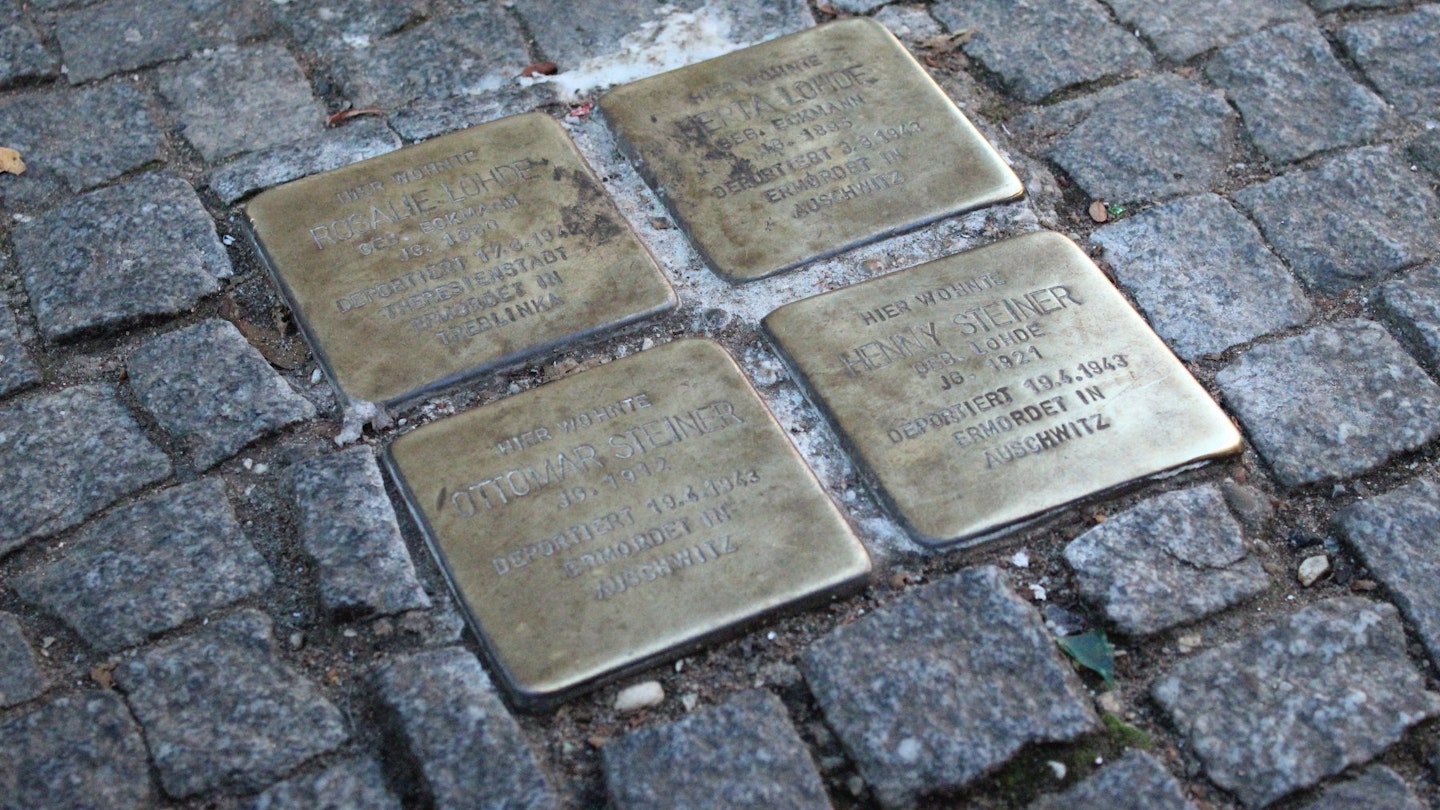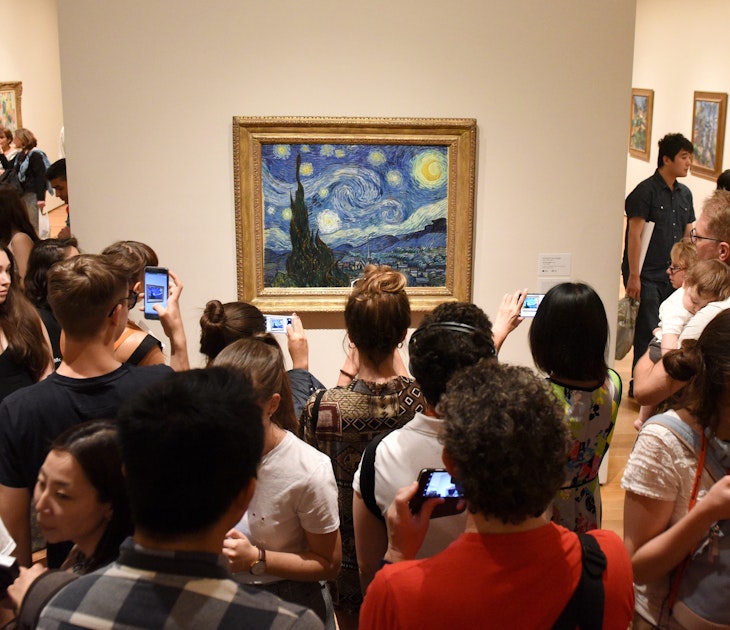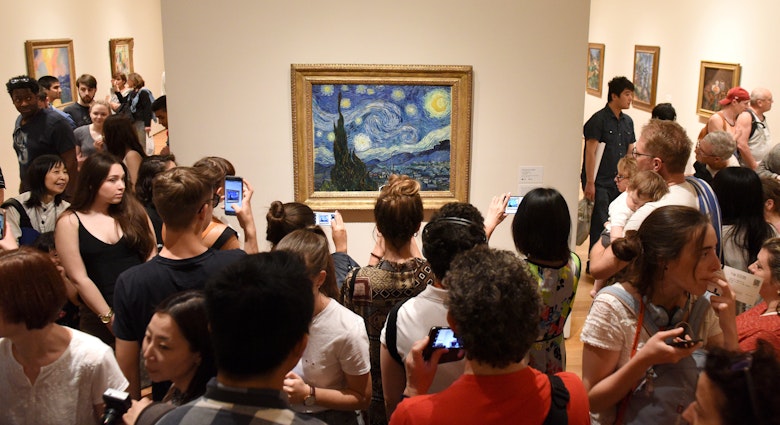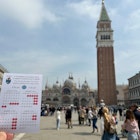On 9 November, flowers and candles began to appear in seemingly unremarkable spots on German sidewalks. It was the 80th anniversary of the Kristallnacht pogrom, a heinous period of attacks against Jewish communities which historians see as the beginning of the Holocaust. Some Germans marked the anniversary by placing tributes around Stolpersteine, small brass plaques commemorating victims of Nazi persecution. The stones may go unnoticed to many, but they serve an important purpose.

The name “Stolpersteine”, meaning “stumbling block”, was carefully chosen, reclaiming an anti-Semitic phrase often used by the Nazis, and invoking the concept of “stumbling across” something. The 10 centimetre-square brass plaques are intended to be inconspicuous, to highlight the fact these atrocities were carried out largely unchallenged as many citizens of Nazi Germany went about their daily lives. More than 70,000 Stolpersteine have been laid in 24 different countries across Europe, most of them in Germany, marking the last chosen address of people who were slaughtered or imprisoned in concentration camps. While the majority pay tribute to Jewish victims who were sent to camps like Treblinka and Auschwitz, some commemorate members of the LGBT+ community, people with disabilities, resistance fighters, and others who were persecuted and massacred by Hitler’s regime.
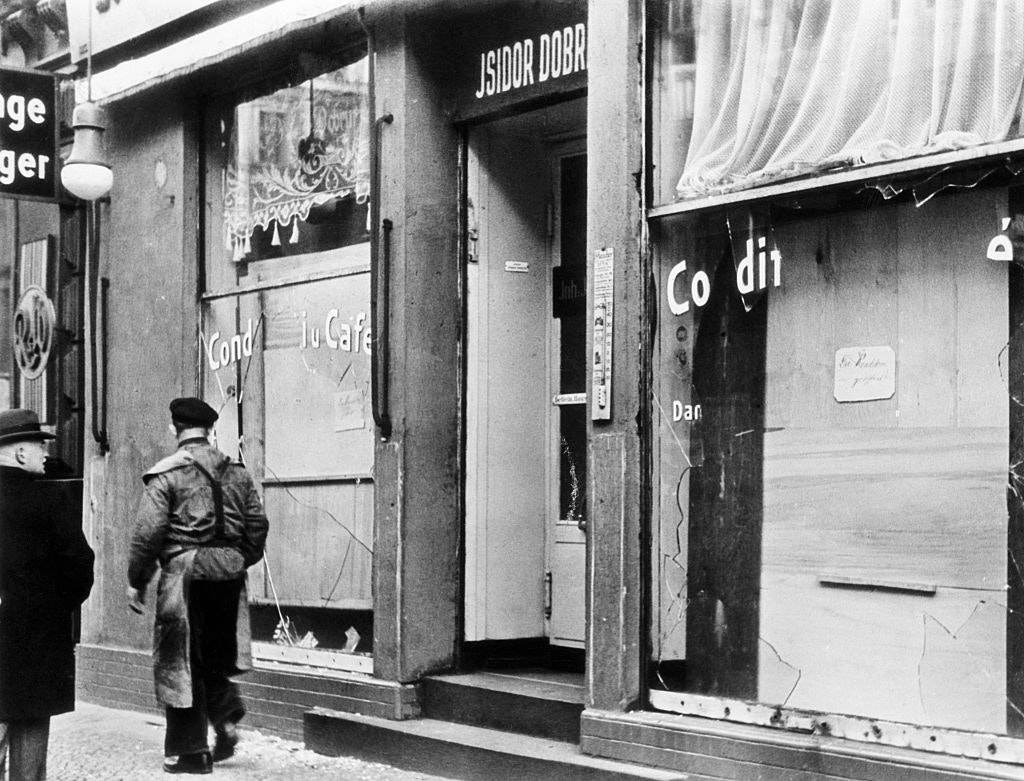
Each stone is inscribed with “Hier wohnte”, meaning “Here lived”, along with the victim’s name, date of birth, date of deportation, place of imprisonment, and the fate they suffered. Some read “Überlebt”, meaning they survived, while others say “Ermordet” (murdered), “Flucht in den tod” (killed trying to escape), or “Freitod” (suicide). The expansive project, now dubbed the largest decentralised memorial in the world, was devised by German artist Gunter Demnig. He lays each stone himself, usually funded by donations to create every Stolperstein by hand at a cost of €120.
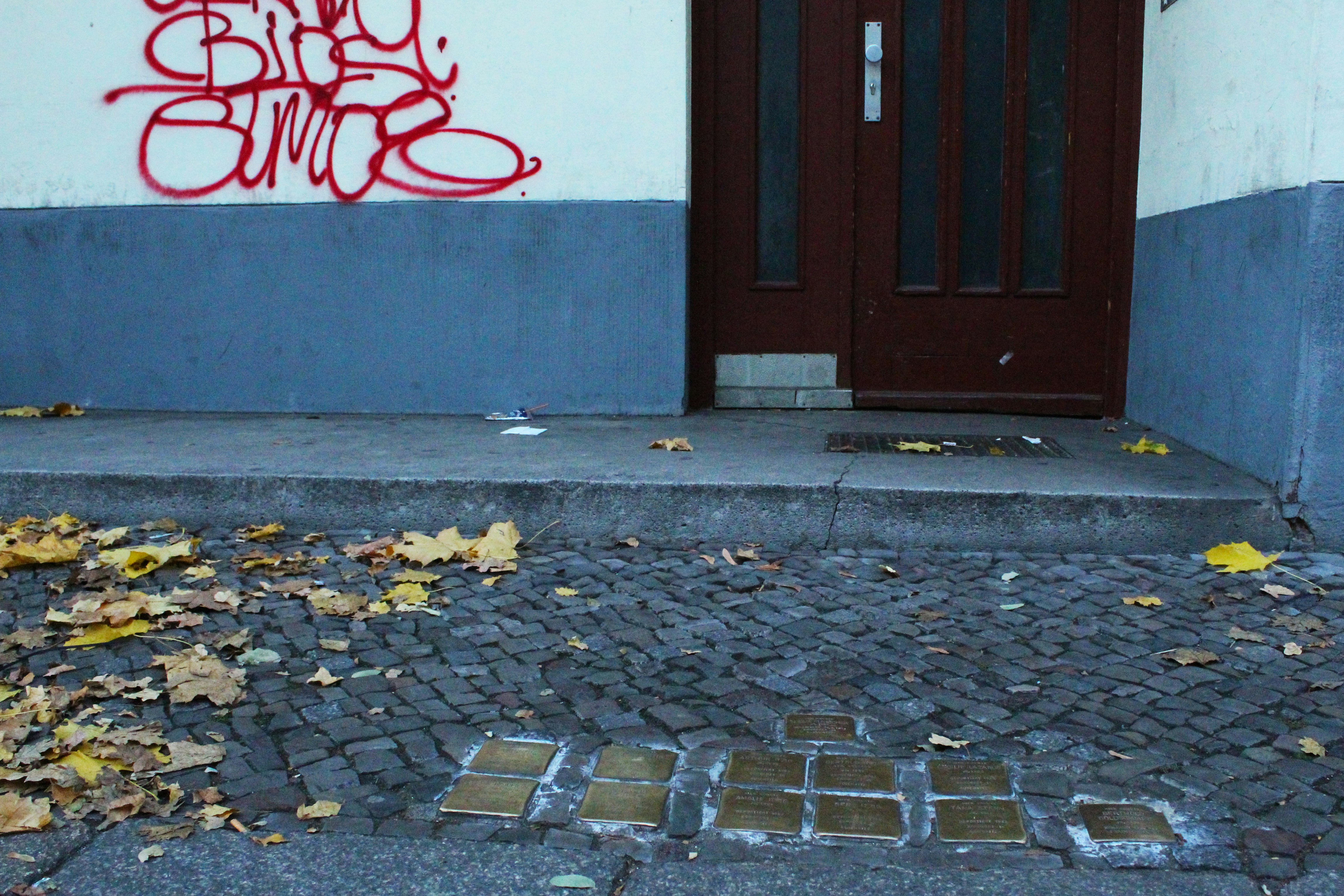
It’s difficult to walk anywhere in most large German cities without seeing at least one cluster of these tributary plaques in front of a building. Some of the apartment blocks still stand, some have been rebuilt, and some have been replaced by modern comforts like supermarkets and parking garages. But these stones stand the test of time, through the onslaught of gentrification and modernisation, to serve as a stark reminder of the sheer magnitude and prevalence of Nazi atrocities. Through this project, the victims of Hitler’s persecution are brought back to their communities, where they belonged, to be remembered forever and serve as a reminder to never let such an abhorrent crime against humanity happen again.
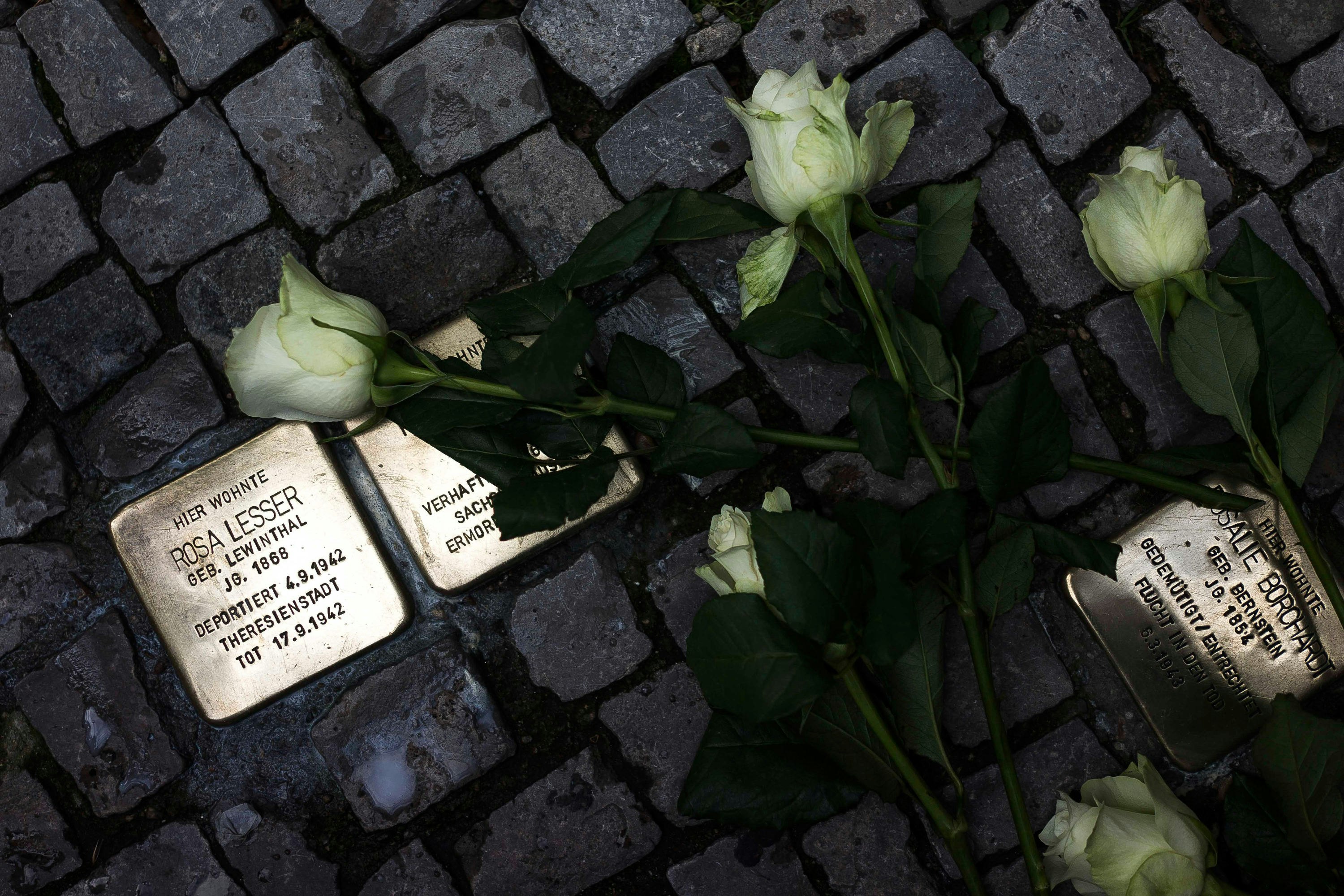
Despite the lasting cultural impact, the project is not without its critics. Munich has rejected the idea of placing Stolpersteine on its streets as Jewish groups raised concerns about the ground placement being disrespectful. "People murdered in the Holocaust deserve better than a plaque in the dust, street dirt and even worse filth," local Jewish leader Charlotte Knobloch said. The stones are, however, allowed on private grounds within the city.

The Stolpersteine have also been the subject of ire from the widely shunned far-right Alternative for Germany (AfD) party. The brass plaques are also occasionally stolen or vandalised, but local historian Sophia Schmitz says this act of desecration often backfires for the perpetrator. “When a vandalism becomes public we usually get so many people donating that we are able to lay even more stones,” she told The Local. Many citizens feel a sense of responsibility to care for the stumbling blocks and ensure they are kept clean, she adds.
A map of Stolpersteine in the German capital can be found here.
